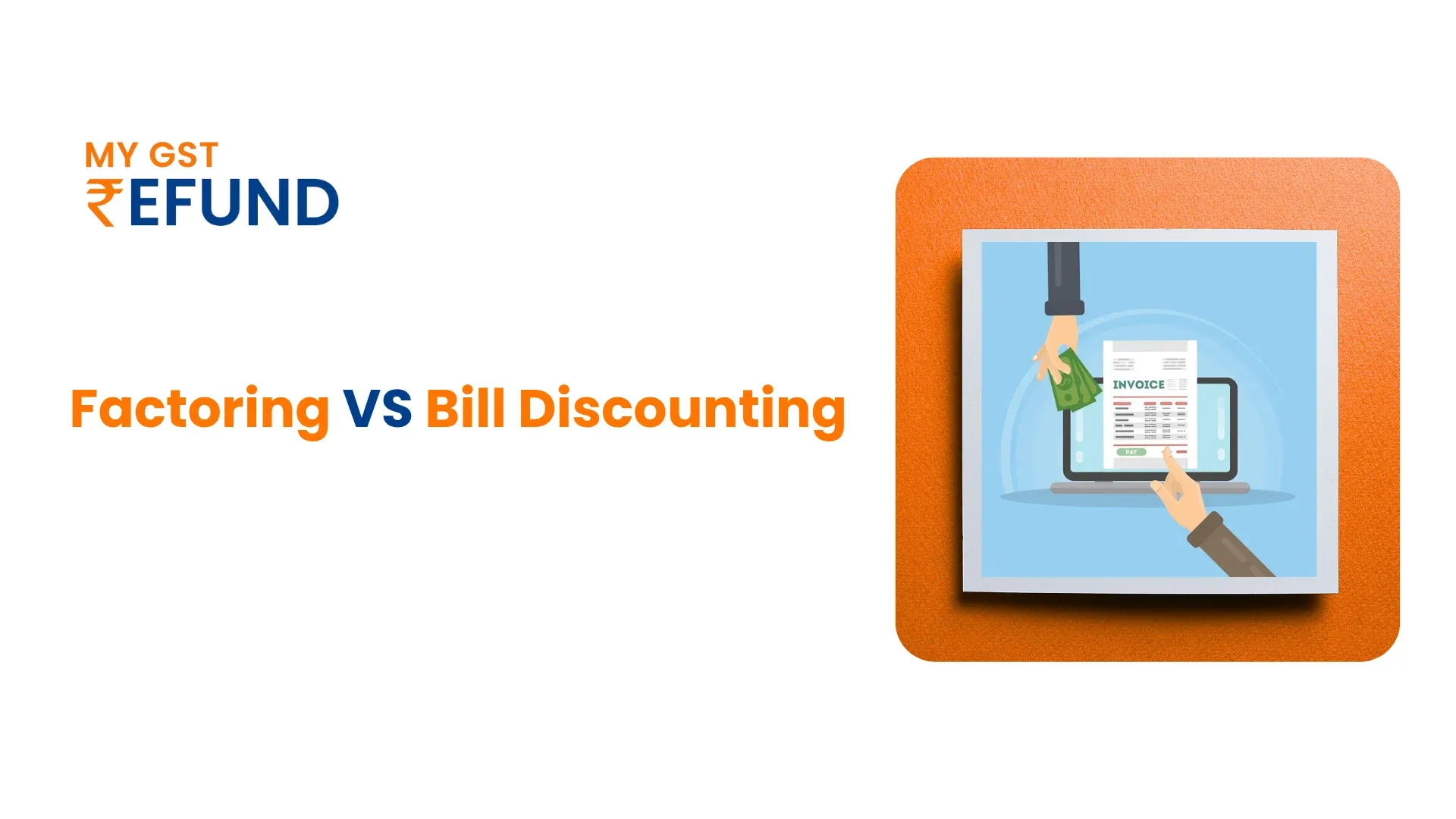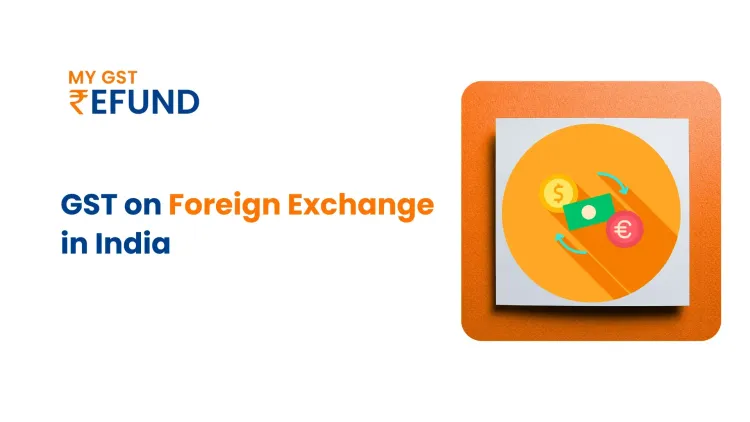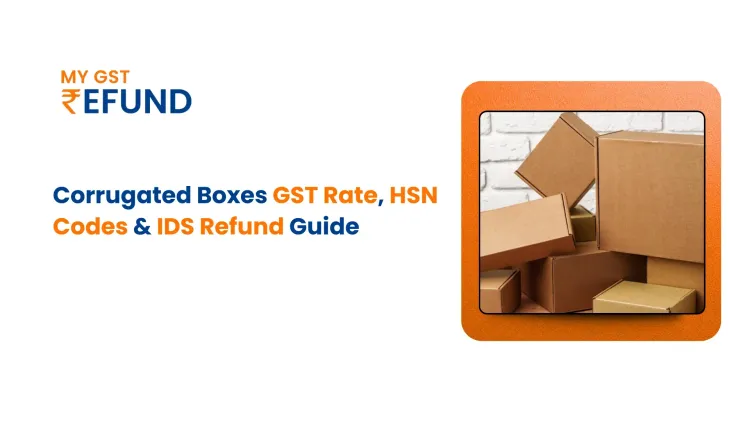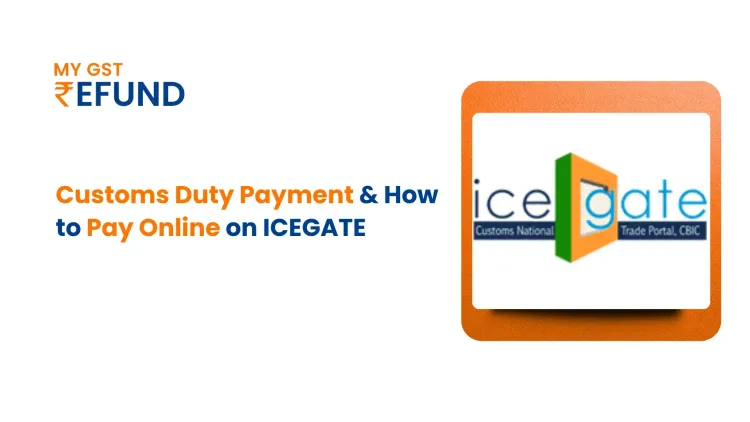Factoring vs Bill Discounting: Which Is Best for Export Finance?
Exporters commonly struggle with the fact that they have to wait for international buyers to make payments. Waiting for money can cause problems in daily operations and make it harder for the business to manage its cash. Firms address this gap by using export financing solutions included in Bill Discounting and Factoring. While they both let you receive upfront working capital, their approach, risks, and services differ.
This blog compares Bill Discounting vs Factoring to help you determine which option best suits your export business.
What is Bill Discounting?
Bill discounting is a form of financing that enables a business to receive cash immediately by selling its unpaid invoices (also referred to as bills of exchange) to a bank or financial institution at a discount prior to the date of payment. In bill discounting, as opposed to factoring, the ownership of the invoice remains with the business and the business is still liable to collect the payment out of the customer.
Example:
Assume that your firm had sold products to a customer and had issued a bill of 3, 00, 000 (Rupees three hundred thousand) which would be paid after 60 days. To discount the bill, you go to a bank instead of waiting two months. The bank advances you the sum of 2,85,000 (minus a small fee) and when the client pays the entire 3,00,000 to the bank on the due date the bank gets the excess. In such a manner, you can have access to fast money to use on your business operations or to invest more.
What is Factoring?
Factoring refers to the process where the exporter receives cash by selling their accounts receivable to a factoring company (factor). The factor delivers a portion of the cash (about 80–90% of the bill amount) upfront, arranges to get paid, and can give credit protection and maintain sales ledger records.
The factor is responsible for gathering and then handling the follow-up of Dues. Non-recourse factoring gives protection from buyers failing to pay.
Example:
An example would be that if you have invoices of 5,00,000 to be realized in 45 days by your small business, then you can get your money by selling these invoices to a factor, which charges a small percentage. The element will oversee cost collection which will give you instant funds to maintain cash flow irrespective of you planning to settle suppliers or invest in expansion projects.
Differences Between Factoring vs. Bill Discounting Export Finance
Feature | Bill Discounting | Factoring |
Nature | Loan-based but secured with a bill | Receivables sales |
Parties Involved | Exporter and Bank Exporter | Factor And Buyer |
Risk of Buyer Default | The possibility that the Buyer is Not Paying by the Exporter | Possibility Exporter Paid by Factor (in non-recourse factoring) |
Control of Receivables | The collection is done by the exporter | The collection is done by Factor Management |
Disclosure to Buyer | Normally undisclosed | Usually Disclosed |
Advance Rate | 80-90 percent of invoice value | 80-90 percent of invoice value |
Additional Services | Services limited to financing Collection | Collection, ledger management, credit checks |
Common Users | Established businesses having consistent cash flows SMEs. | Exporters involved in new markets |
Flexibility | Less rigidised but formal structure. | More flexible but contract-based |
Cost Structure | Interest along with processing fee | Factoring fee along with service charges |
Which Option is Better for Export Finance?
You should consider your company’s structure, your level of risk, and the relationship with your customers when deciding between Bill Discounting and Factoring.
Bill Discounting is the right solution for you if:
- Most people you sell to are trusted and unlikely to default.
- You are looking for a way to finance your invoices.
- The company is able to take care of its own collections.
- You tend to keep your finances unknown to others.
On the other hand,
Factoring is the right solution for you if:
- You are taking your business into unfamiliar or more risky areas.
- Your goal is to have credit protection for buyer default.
- You have selected to outsource the process of collecting receivables.
- You want valuable functions to include ledger maintenance and credit checks.
Bill discounting is a traditional and affordable approach, but factoring is more detailed. While increasing cash flow is their common function, both Bill discounting and factoring are used differently in business strategies.
Conclusion
The choice between Bill Discounting and Factoring in export finance depends on what you hope to achieve. Bill discounting is a great method if you trust your buyers and want quick, inexpensive funding. If your business wants to grow globally while being safeguarded and assisted in debt collection, factoring can give you additional value.
Assess your income, willingness to take risks, and the exporting process to find the best solution for supporting your business growth with both Bill Discounting and Factoring.
Frequently Asked Questions
What is the difference between factoring and bill discounting?
The difference between Bill Discounting and Factoring is that factoring is the process of selling your invoices to someone else (a factor), who then collects the payments and may shield you from non-payment. On the other hand, Bill Discounting is a loan obtained using a bill of exchange, and the exporter is in charge of collecting the money and dealing with any payment failure.
What is the difference between factoring and receivables discounting?
Receivables discounting means the same thing as bill discounting and is used only to explain the financing process. On the other hand, factoring involves getting financing plus managing credit checks, debt collection, and protection for bad debts.
What is the difference between factoring and LC?
A Letter of Credit (LC) means a bank signs a document guaranteeing that the exporter receives payment. By contrast, factoring involves selling invoices to a third party to manage or access financing. LC shields you from payment problems, whereas factoring helps you make better use of your working capital and handle receivables.
Is factoring more expensive than bill discounting?
It usually costs more because factoring includes services like collections, checking credit, and covering the risk of default. Yet, the price difference is worth it because of the decrease in risks and the fact that specialists are handling it.
Which option offers credit protection for exporters?
It offers a protective measure for credit when the buyer does not pay. Bill discounting does not guarantee protection—if the buyer defaults, the exporter suffers a financial loss.
Related Posts







